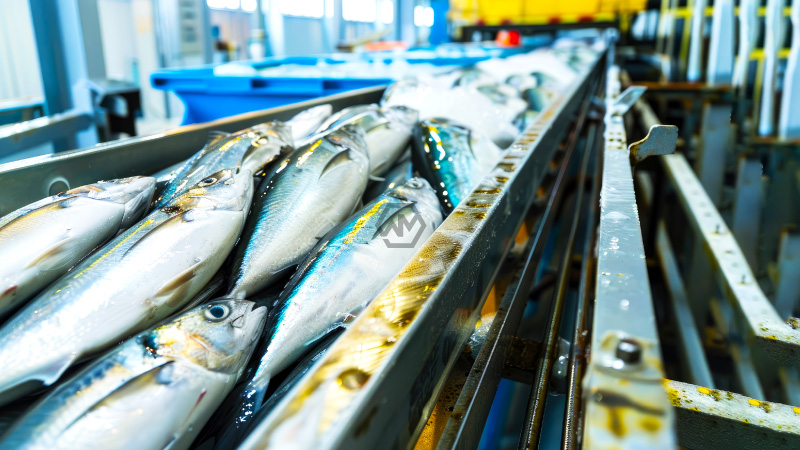- Mackerel first appeared as bycatch in 2006, leading to dedicated fishing and rapid industry growth.
- Significant investments in processing equipment shifted mackerel use towards human consumption.
- Mackerel fishing has increased processing plant utilization and added value to Iceland’s fishing portfolio.
Mackerel’s appearance in Icelandic waters in 2006 marked a turning point for the country’s fishing industry. Initially caught as bycatch during herring trawling, mackerel quickly gained attention, leading to the establishment of dedicated fishing practices and a quota system by 2009.
The expansion of mackerel fishing areas and the subsequent development of new markets in Eastern Europe, Asia, and Africa have solidified the species’ importance to Icelandic fisheries.
Mackerel: A Game Changer for Icelandic Fisheries
Since 2006, mackerel has transformed from a bycatch to a cornerstone of Iceland’s fishing industry. The initial incidental catch during herring trawling sparked interest and led to direct mackerel fishing the following year. By 2011, mackerel catches had surged to 159,000 tonnes, prompting the establishment of a quota system to regulate the burgeoning industry.
Investments in advanced processing equipment shifted the focus from fish meal production to human consumption. This strategic move aimed to maximize the economic value of the limited catch each vessel was allowed. Companies invested heavily in technology and market development, successfully penetrating markets in Eastern Europe, Asia, and Africa. These efforts resulted in a significant increase in human consumption processing, enhancing the industry’s profitability.
The diversification of fishing areas from the east and southeast to include the west and other regions has broadened the scope of mackerel fishing in Icelandic waters. Environmental factors, such as ocean warming and changes in traditional feeding grounds, contributed to the increased presence of mackerel. Historical data show that mackerel were present in Icelandic waters during warmer periods in the past, indicating a cyclical pattern tied to ocean temperatures.
Mackerel has become an essential addition to the portfolio of Icelandic pelagic companies, which previously depended on species like capelin, blue whiting, and herring. This diversification has been crucial for economic stability, especially during fluctuations in other fish stocks. The comprehensive investments and strategic market developments have solidified mackerel’s role as a vital and valuable resource in Iceland’s fishing industry.
Mackerel’s emergence in Icelandic waters has reshaped the fishing industry, showcasing the sector’s adaptability and forward-thinking approach. The strategic investments and market expansion efforts have ensured mackerel’s place as a key economic driver, benefiting the entire fishing portfolio and contributing to the industry’s resilience and growth.
“It’s undeniable that mackerel has become an integral part of our operations,” says a spokesperson from Síldarvinnslan. “The investments in processing equipment for mackerel have significantly boosted our plant’s efficiency, not just for mackerel but also for herring and capelin.”



